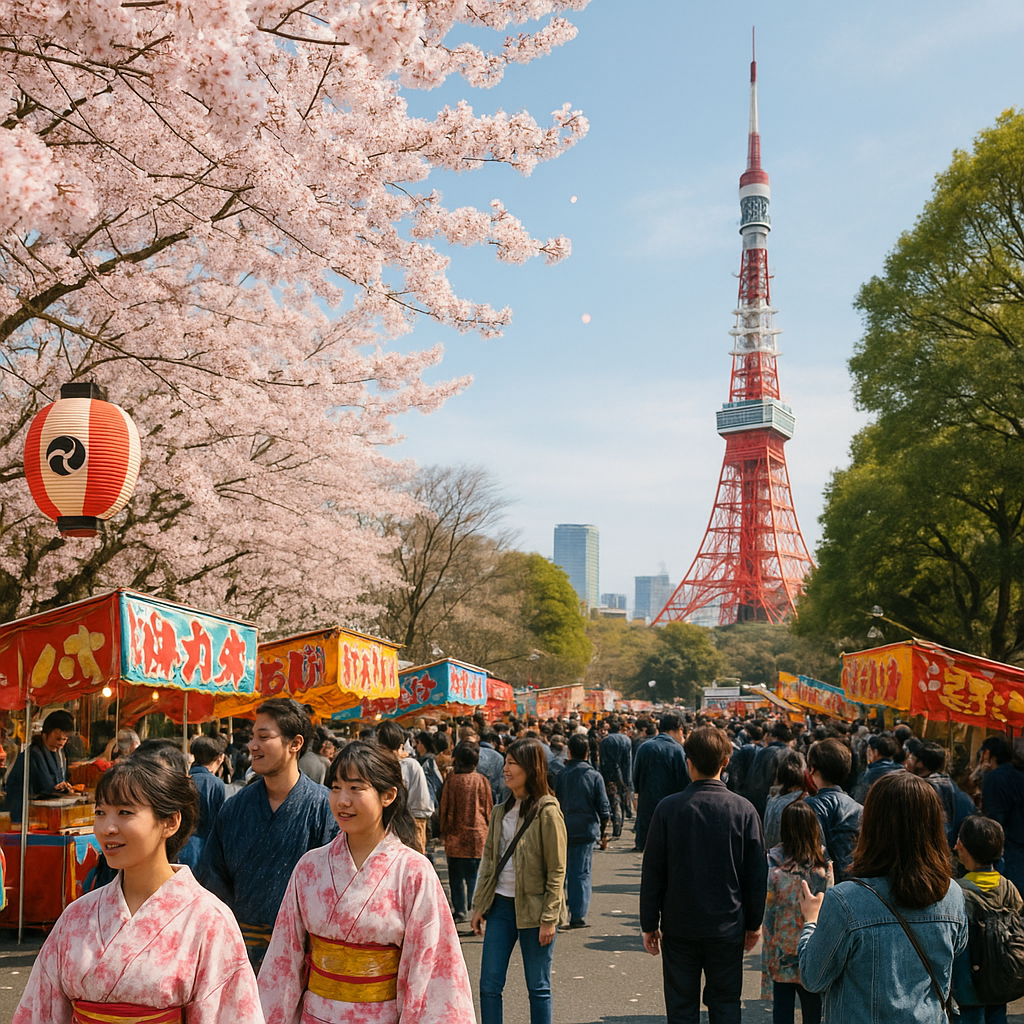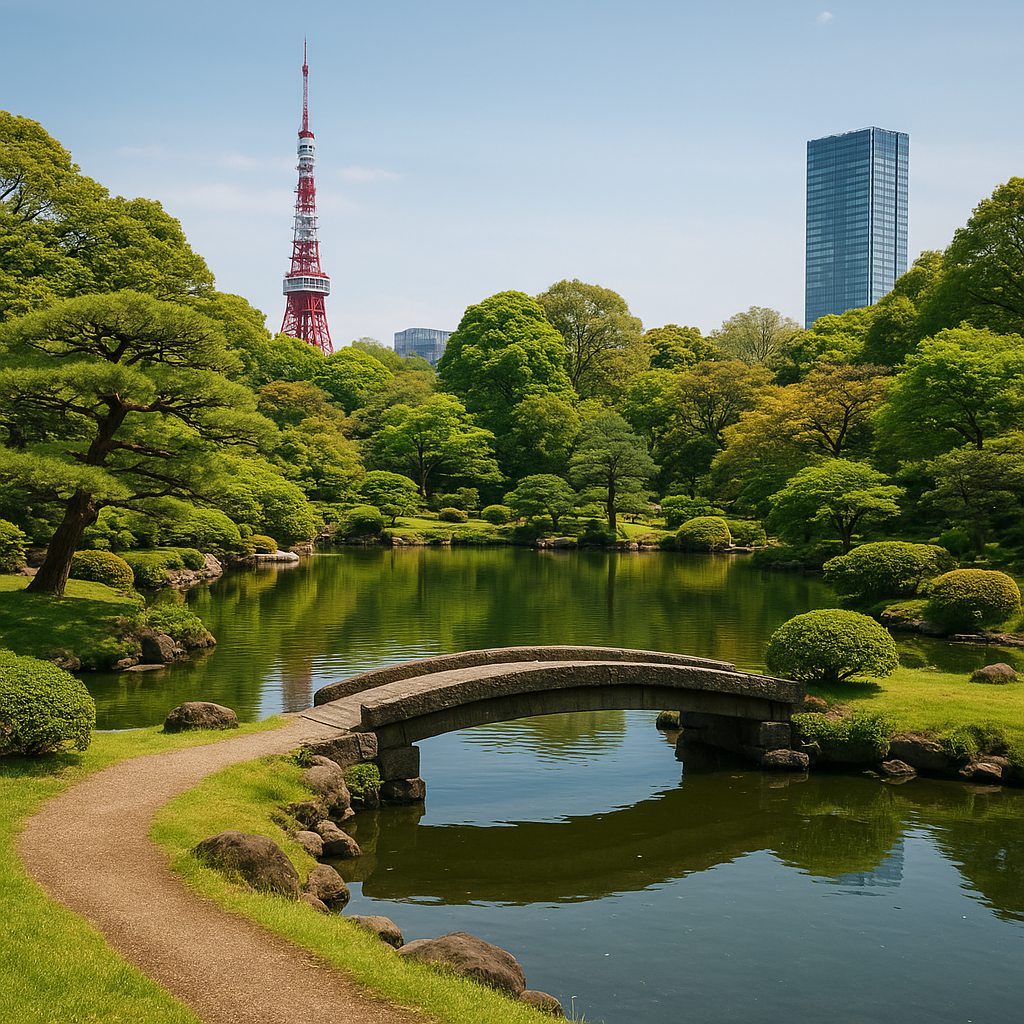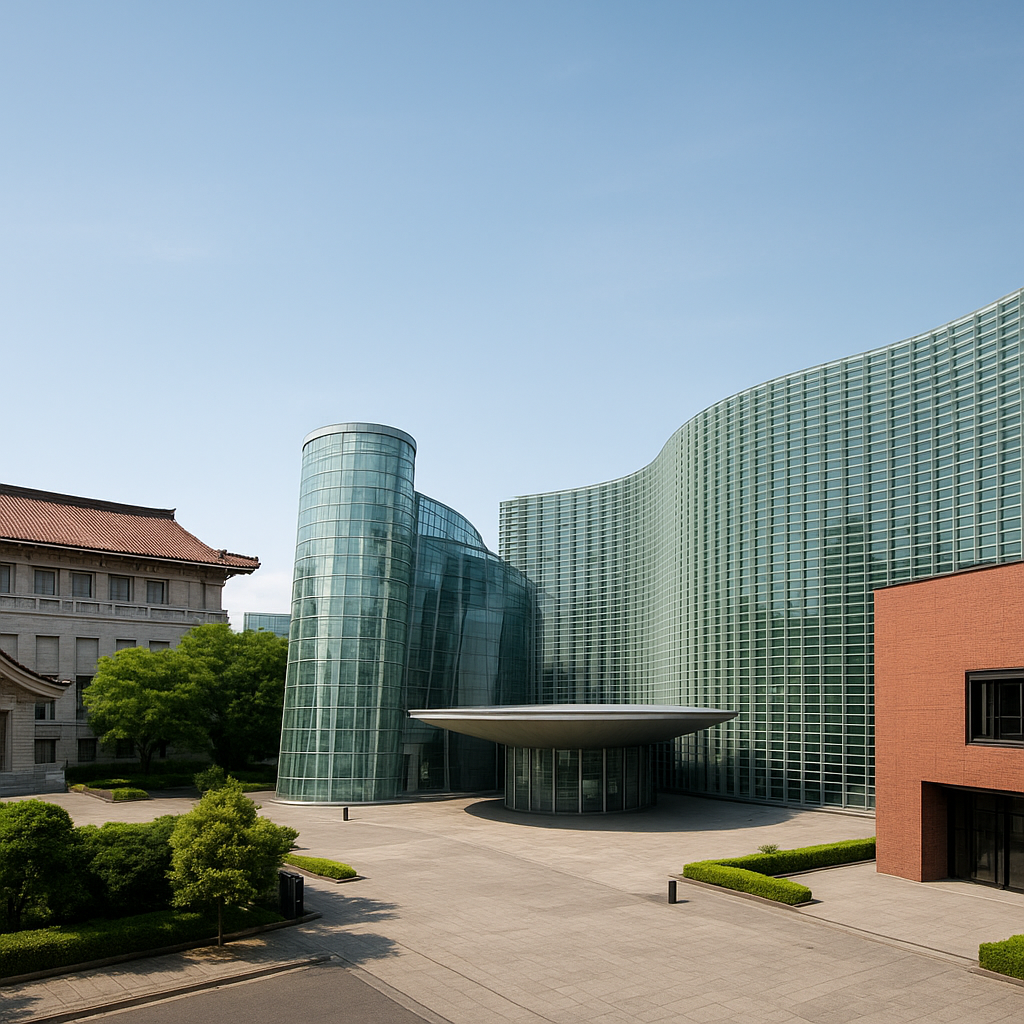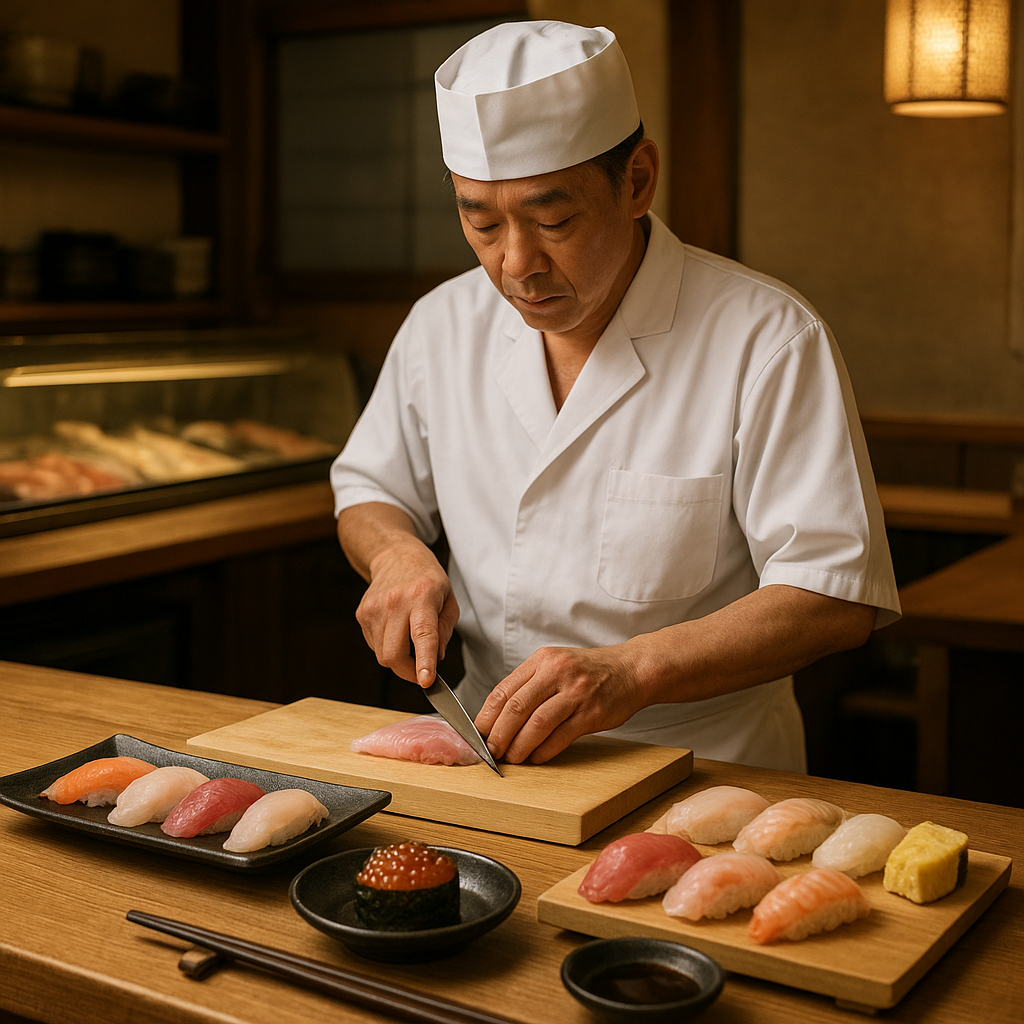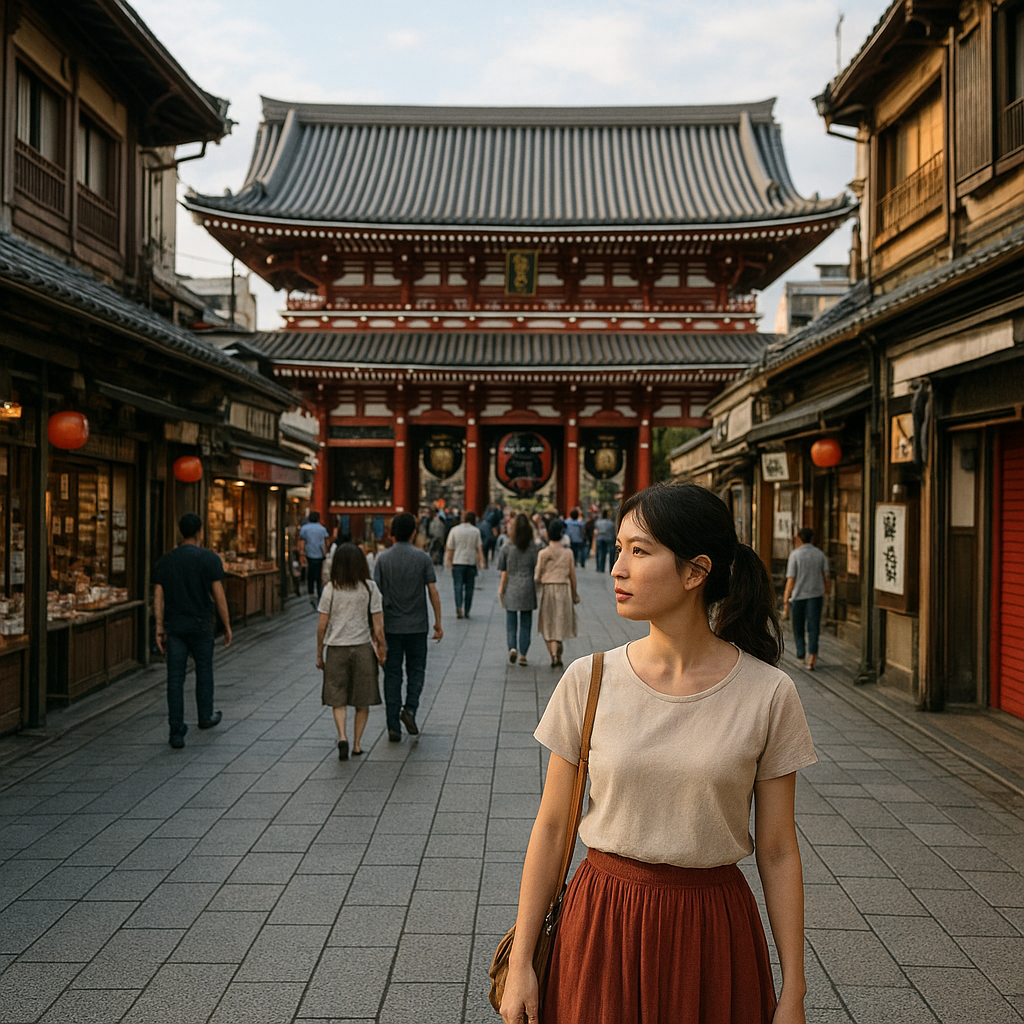Tokyo, the bustling capital of Japan, is home to a myriad of attractions, but few are as iconic as its famous fish market. Known for its vibrant atmosphere and fresh seafood, the market is a must-visit destination for both locals and tourists alike. This guide will take you through the ins and outs of Tokyo’s renowned fish market, offering insights into its history, what to expect during your visit, and tips for making the most of your experience.
History and Significance of Tokyo’s Fish Market
The history of Tokyo’s fish market dates back to the early 17th century during the Edo period. Originally established to supply fish to the Edo Castle, the market has evolved over the centuries into a central hub for seafood trade in Japan. The most famous iteration of the market, Tsukiji, opened in 1935 and quickly became a symbol of Tokyo’s culinary culture. For decades, Tsukiji was the largest wholesale fish and seafood market in the world, attracting chefs, restaurateurs, and seafood enthusiasts from around the globe.
In 2018, the market relocated to Toyosu, a state-of-the-art facility designed to accommodate modern needs while preserving the traditional spirit of the market. The move was driven by the need for improved sanitation, safety, and logistics, as the aging Tsukiji site struggled to keep up with the demands of a growing city. Today, the Toyosu Market continues to uphold the legacy of its predecessor, offering a fascinating glimpse into the world of seafood trade and Japanese culinary traditions.
Exploring the Market: What to Expect
Visiting Tokyo’s fish market is an experience like no other, offering a sensory overload of sights, sounds, and smells. The market is divided into several sections, each with its own unique offerings. The wholesale market is where the action happens, with early morning auctions setting the pace for the day. Here, you can witness the famous tuna auction, a spectacle that draws visitors eager to see the intense bidding wars over prized bluefin tuna.
Adjacent to the wholesale area is the retail market, where vendors sell a wide variety of seafood, from fresh fish and shellfish to dried and processed products. This is the perfect place to sample some of the freshest sushi and sashimi you’ll ever taste, with many stalls offering ready-to-eat delicacies. Additionally, the market is home to numerous restaurants and eateries, serving everything from traditional Japanese breakfast dishes to innovative seafood creations.
Tips for Visiting the Market
To make the most of your visit to Tokyo’s fish market, it’s important to plan ahead. Here are some tips to ensure a memorable experience:
- Arrive Early: The market is most active in the early morning hours, with the tuna auction starting around 5:30 AM. Arriving early will give you the best chance to witness the auction and explore the market before the crowds arrive.
- Dress Appropriately: The market can be wet and slippery, so wear comfortable shoes with good grip. Additionally, the market is a working environment, so dress modestly and be mindful of your surroundings.
- Respect the Vendors: The market is a place of business, and vendors are often busy with their daily tasks. Be respectful, ask for permission before taking photos, and avoid blocking pathways.
- Try the Local Cuisine: Don’t miss the opportunity to sample some of the freshest seafood in the world. Whether it’s sushi, sashimi, or a steaming bowl of seafood ramen, the market offers a culinary experience you won’t forget.
Conclusion
Tokyo’s fish market is more than just a place to buy seafood; it’s a cultural landmark that embodies the spirit of the city. From its rich history to its vibrant present, the market offers a unique window into the world of Japanese cuisine and commerce. Whether you’re a food enthusiast, a curious traveler, or simply looking to experience a different side of Tokyo, the fish market is a destination that should not be missed. With this guide in hand, you’re well-equipped to explore the market and discover the treasures it holds.


